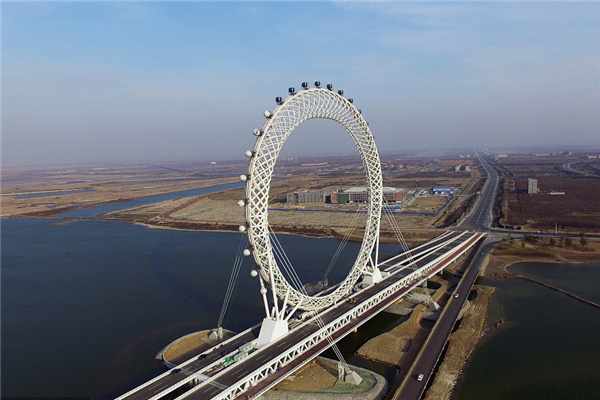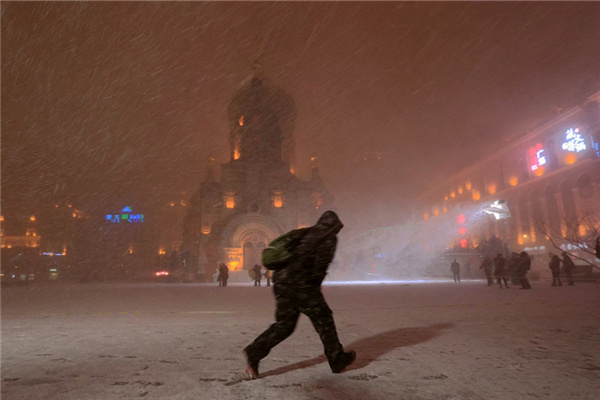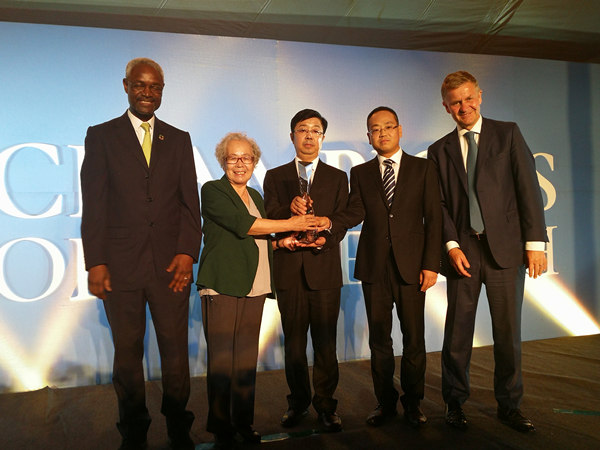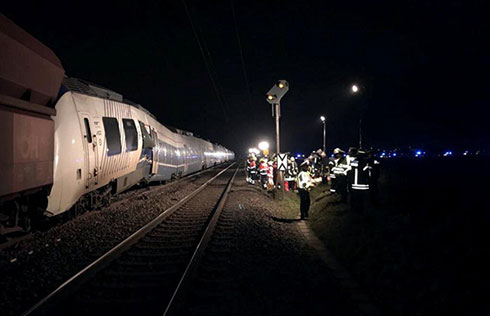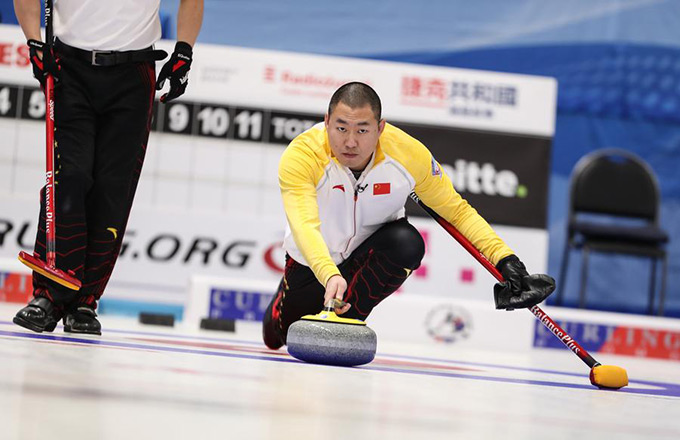

China's economic stimulus policies have begun to pay off. Although the quarterly GDP registered at 6.1 percent, the weakest growth in a decade and far from meeting the 8 percent target set for this year, the slowdown was nevertheless not as severe as that of the previous quarter. In the fourth quarter of 2008, GDP growth plummeted to a seven-year low of 6.8 percent, down sharply from 9 percent in the third quarter and 13 percent for the whole of 2007.
In the same vein, the government's revenues in the January-March period dropped 8.3 percent, or 132.9 billion yuan ($17.5 billion), from a year earlier, but the month-over-month figures were already improving.
Excluding factors that were not comparable, revenue losses caused by the ongoing economic slowdown were estimated to be roughly 70 billion to 80 billion yuan ($10 billion to $12 billion), highlighting the difficulties the government faces to achieve 8 percent growth in revenues for this year.
Exports, which continued to fall in the first three months, also saw a weaker decline month-over-month.
The official Purchasing Managers' Index (PMI)), Business Climate Index (BCI) and Entrepreneur Confidence Index (ECI), as well as figures for industrial production, investment and consumption, all sent positive signals about the economy in the first quarter.
Other indicators, such as power consumption, auto sales, real estate and rail transport volume, also rebounded in the first three months.
These are all signs that should help restore and enhance confidence in the economy.
On the other hand, new loans by Chinese banks in the first quarter hit 4.58 trillion yuan ($602.6 billion), a year-over-year increase of 244.4 percent, or 3.25 trillion yuan ($475 billion). While inflation has been largely kept at bay as the consumer price index (CPI) fell 0.6 percent in the same period, regulators are closely watching out for deflation to prevent it from posing a real threat to the economy.
China's economy is likely to bottom out and rebound later this year when the government's stimulus policies offset the downslide, unless major contingencies catch the country unprepared.
China should closely track economic indicators in the coming quarter, which hold the key to seeing through the economic fog, and be well prepared for both the best and the worst scenarios.
As China's economy is highly dependent on foreign trade, there are still some uncertainties that could affect the country's recovery. Indeed, China's major trade partners have shown signs of economic stabilization, which will in turn reduce such uncertainties. But China should stick to its policy of implementing polices as necessary according to the circumstances in the second quarter.
In the worst-case scenario, China will need to resort to standby measures to enhance the effect of the stimulus policies that are already in place.
The decision should be made no late than the end of June, when regulators should already have a general picture of major economic indicators for the second quarter as well as for the first half of the year. Otherwise, it will be too late.
The experience from the Asian financial crisis in the late 1990s tells us that we should be prepared for the worst by arranging contingency plans, including but not limited to expanding the scale of treasury bonds, to cope with any unexpected difficulties.
Even if China's economy does gain steady momentum later this year, it will by no means signal an immediate return to a new boom.
Since the early 1990s, both an economic boom and a sluggish period have generally lasted for about five years each. China and the United States have reached similar economic peaks since the late 1980s, but China's transitions between economic phases have lagged behind those of the US by six months to a year. As this round of economic sluggishness could last more than three years in the US, China's economy is also likely to be in a relatively stagnant state for three years or more, so the stimulus polices should probably stay for about five years.
The author is head of the research institute of financial science under the Ministry of Finance. The article was reprinted from China Securities News
(China Daily 04/27/2009 page2)


